Baker’s Cyst – Symptoms, Causes, And Treatments + Exercises

Image: Shutterstock
Pain and inflammation have become a common part of our day to day life. But, any pain in a particular area, coupled with the sudden appearance of a lump, is sure to leave you worried. A Baker’s cyst is a lump that may occur right behind your knee. While this condition is hardly of much concern, its underlying cause may need to be treated immediately to avoid further complications. To know more about natural as well as medical treatments for a Baker’s cyst, keep reading.
In This Article
- What Is A Baker’s Cyst?
- Signs And Symptoms
- What Causes A Baker’s Cyst?
- Diagnosis
- Medical Treatment Options
- Home Remedies For Baker’s Cyst
- Diet Tips For Baker’s Cyst
- Best Exercise For Baker’s (Popliteal) Cyst
- When To See A Doctor?
What Is A Baker’s Cyst?
If you have developed a lump right behind your knee, and it is filled with fluid, it could be a Baker’s cyst. This fluid-filled lump could cause a feeling of tightness. Doctors also refer to it as a popliteal cyst.
It can cause a sharp pain when you flex or extend the knee completely or even when you are active. Often, it is due to a problem with your knee joint and may be triggered by arthritis or a cartilage tear. Such conditions may lead to the build-up of too much fluid in your knee, which, in turn, results in a Baker’s cyst.
While this cyst can cause a sharp pain in some people, it hardly shows any symptoms in the others. The common signs and symptoms associated with a baker’s cyst are listed below.
Signs And Symptoms
- Swelling behind the knee
- Pain or burning sensation in the knee
- Stiffness
- Inability to stretch the knee
These symptoms usually worsen if you have been active or standing for too long.
Let us now find out what leads to the development of a Baker’s or popliteal cyst.
What Causes Baker’s Cyst?
The synovial fluid enables your legs to swing smoothly without much friction in the joints.
However, sometimes, your knees tend to produce too much of this fluid. This results in the build-up of synovial fluid in the back of your knee (popliteal bursa), resulting in a Baker’s cyst.
This synovial fluid build-up can be caused by:
- Inflammation of the knee joint as in the case of arthritis
- An injury to the knee like a cartilage tear
Such conditions also increase an individual’s risk of developing a Baker’s cyst.
If you doubt that the lump at the back of your knee is a popliteal cyst, you should see a doctor to rule out other serious conditions.
Diagnosis
A Baker’s cyst can usually be diagnosed with a physical exam.
However, since some of its symptoms can be quite similar to those of more serious medical conditions like a blood clot, tumor, or an aneurysm, your doctor may carry out other diagnostic tests like;
- An ultrasound
- X-ray
- Magnetic resonance imaging (MRI)
Once a Baker’s cyst is detected, your doctor may recommend any of the following treatments.
Medical Treatment Options
The medical treatments options for getting rid of a Baker’s cyst are:
- Fluid Draining – Your doctor may drain the cyst using a needle. This is usually performed under ultrasound guidance and is also known as needle aspiration.
- Medications – Corticosteroids, such as cortisone, may be injected into your knee to reduce the inflammation and pain.
- Acupuncture – This is especially useful if the cause of the cyst is arthritis.
- Surgery – If a cartilage tear is responsible for the development of the cyst, your doctor may recommend to repair or remove the affected cartilage.
If you are looking for natural alternatives to treat a Baker’s cyst, we have got that covered. Listed below are six wonderful home remedies that can assist in the treatment of a popliteal cyst.
Home Remedies For Baker’s Cyst
1. Ice Or Heat
You Will Need
Hot or cold compress
What You Have To Do
- Take a hot compress and apply it to the affected area.
- Place it there for 10-15 minutes and then take it off.
- You can similarly use a cold compress.
How Often You Should Do This
Do this multiple times daily.
Why This Works
Both hot and cold compresses can help in reducing pain and inflammation (1). Hence, they can relieve the symptoms of a Baker’s cyst.
2. Frankincense Oil
You Will Need
- 2-3 drops of frankincense oil
- 1-2 teaspoons of any carrier oil
What You Have To Do
- Add two to three drops of frankincense oil to a teaspoon or two of any carrier oil like coconut or olive oil.
- Mix well and apply it to the affected area.
- Leave it on until it dries. You can also leave this mixture on overnight.
How Often You Should Do This
Do this 1 to 2 times daily.
Why This Works
Frankincense oil has anti-inflammatory properties that can help reduce the swelling and inflammation associated with a Baker’s cyst (2).
3. Massage
Massage, especially deep tissue massage, is a great treatment for muscle rigidness and soreness that are often associated with a Baker’s cyst. It can help reduce inflammation and pain (3).
4. Castor Oil
You Will Need
- 1-2 teaspoons of cold-pressed castor oil
- A warm compress
What You Have To Do
- Take a teaspoon or two of cold-pressed castor oil and apply it to the affected area.
- Place a warm compress over this for 15-20 minutes.
- Remove and rinse the oil off your skin.
How Often You Should Do This
You can do this once daily.
Why This Works
Castor oil contains ricinoleic acid, which exhibits significant anti-inflammatory properties (4). These properties can help to alleviate the symptoms of a Baker’s cyst.
5. Epsom Salt Bath
You Will Need
- 1 cup of Epsom salt
- Warm water
What You Have To Do
- Add a cup of Epsom salt to a tub filled with water.
- Once the salt dissolves completely, soak in it for around 20 minutes.
How Often You Should Do This
Do this once daily or every alternate day.
Why This Works
Epsom salt is commonly referred to as magnesium sulfate due to its composition. Magnesium is quite beneficial when it comes to reducing inflammation and swelling due to its anti-inflammatory activities (5).
6. Vitamin B1
You Will Need
1 mg vitamin B1 or thiamin
What You Have To Do
Consume about 1 mg of thiamin daily.
A few foods rich in this vitamin are nuts, oats, oranges, eggs, legumes, peas, and yeast.
You can also take additional supplements for this vitamin but only after consulting a doctor.
How Often You Should Do This
You can include small amounts of vitamin B1 rich foods in your daily diet.
Why This Works
In some cases, vitamin B1 or thiamin deficiency could also be triggering a Baker’s cyst. According to a study published in Oncology Reports, administration of thiamin cured Baker’s cysts in 13 out of 15 cases (6).
In addition to following these remedies, modifying your diet is also important when it comes to getting rid of a popliteal cyst for good. Here are a few tips that may help.
Diet Tips For Baker’s Cyst
An anti-inflammatory or low-sodium diet can prove to be quite beneficial in assisting in the treatment of a Baker’s cyst.
An ideal anti-inflammatory diet may consist of:
- Dark green leafy vegetables like spinach and kale
- Citrus fruits
- Berries
- Dark red grapes
- Vegetables like broccoli and cauliflower
- Lentils
- Avocado
- Coconut
- Dark chocolate
The affected individuals should also try and steer clear of certain foods as they may worsen the existing symptoms. Such foods include:
- Sugar
- Starches like white flour, white bread, white rice, and noodles
- Vegetable cooking oils that are rich in omega-6 but low in omega-3
- Trans fat foods like junk and fried foods
- Dairy products
- Red meat
- Artificial food additives
Exercising can also have a positive effect on your symptoms. Here are some exercises that can help in managing a Baker’s cyst by alleviating its symptoms.
Best Exercise For Baker’s (Popliteal) Cyst
1. Seated Hamstring Stretches
What You Have To Do
- Keep your knee straight and rest your heel on the floor while you are seated.
- Lean forward until you feel a stretch right behind your knee.
How It Helps
This can help in improving knee extension, especially if it is limited from the pain.
Repetitions
12-15
Sets
3
2. Standing Calf Stretch
What You Have To Do
- Stand close to a wall.
- Keep both your feet pointed to the wall and step forward with one foot. Keep the knee of the other leg straight.
- Lean forward toward the wall and support your body with your arms while allowing your front knee to bend until you feel a gentle tug at the back of the other leg.
- To control the stretch of the back leg, try moving closer or farther from the wall.
How It Helps
A Baker’s cyst often leaves the back of the affected leg feeling tight. This stretch can help relieve the tension in the back leg.
Repetitions
12-15
Sets
3
3. Heel Slide
What You Have To Do
- Lie on the floor with your knees straight on your back.
- Bend your knee slowly while sliding the heel of the affected knee towards your buttocks.
- Once you feel a slight stretch behind your knee, hold the position for a few seconds and then return to the initial position.
How It Helps
For those whose knee flexion is limited, this exercise can definitely help by facilitating better stretching.
Repetitions
10-15
Sets
3
4. Wall Squat
What You Have To Do
- Lean against a wall or any stable support and keep your feet about a foot apart.
- Slide your body along the wall as if you are doing a squat while supporting your back against the wall.
- Hold this position for around 3 seconds before returning to the upright position.
How It Helps
Lower body strength is quite important when it comes to managing a Baker’s cyst. Quadriceps are the muscles that support the knee, and squats help to strengthen these muscles.
Repetitions
15-20
Sets
3
5. Side-Stepping
What You Have To Do
- Place a resistance band around your ankles.
- Bend your knees slightly and put all your weight on your heels.
- Slowly, take a step to the side and let the other leg follow.
- Do not allow the resistance band to lose tension.
How It Helps
This exercise helps in stabilizing your hips and knees and strengthening your gluteal muscles.
These exercises will definitely offer relief from the pain and inflammation caused by a Baker’s cyst. However, it is always better to consult a doctor.
When To See A Doctor?
If you have developed any signs or symptoms that hint at a Baker’s cyst, or if you notice that your legs have turned red or swollen, waste no time in seeing a doctor.
Also, even though it is unlikely, a popliteal cyst can be the result of an underlying serious medical condition. Hence, seeking medical attention can also help put all those doubts to rest.
Was this post successful in clearing all your doubts about a Baker’s cyst? Let us know in the comments box below.
Frequently Asked Questions
Are there any movements or exercises I should avoid if I have a popliteal cyst?
Avoid any sudden movements or intense exercises if you have a popliteal cyst as doing so may worsen your symptoms.
Can a popliteal cyst burst?
Yes, a Baker’s cyst can rupture. And when it does, the fluid from the cyst can leak down into your calf and can cause it to become red and swollen.
How long does a baker’s cyst last?
A Baker’s cyst can go away on its own. However, it may take months or even years for it to go away completely, especially without treatment.
How to get fluid out of knee naturally?
One of the most sought-after natural ways to get fluid out of the knee is to apply a cold compress/ice pack to an elevated knee.
References
- “Mechanisms and efficacy of heat and cold therapies for musculoskeletal injury” Postgraduate Medical Journal, US National Library of Medicine
- “Biological activities of frankincense essential oil in human dermal fibroblasts” Biochimie Open, US National Library of Medicine
- “Deep Tissue Massage and Nonsteroidal Anti-Inflammatory Drugs for Low Back Pain: A Prospective Randomized Trial” The Scientific World Journal, US National Library of Medicine
- “Effect of ricinoleic acid in acute and subchronic experimental models of inflammation” Mediators of Inflammation, US National Library of Medicine
- “Magnesium Decreases Inflammatory Cytokine Production: A Novel Innate Immunomodulatory Mechanism” Journal of Immunology, US National Library of Medicine
- “Thiamin deficiency: a possible major cause of some tumors? (review)” Oncology Reports, US National Library of Medicine
Read full bio of Shaheen Naser



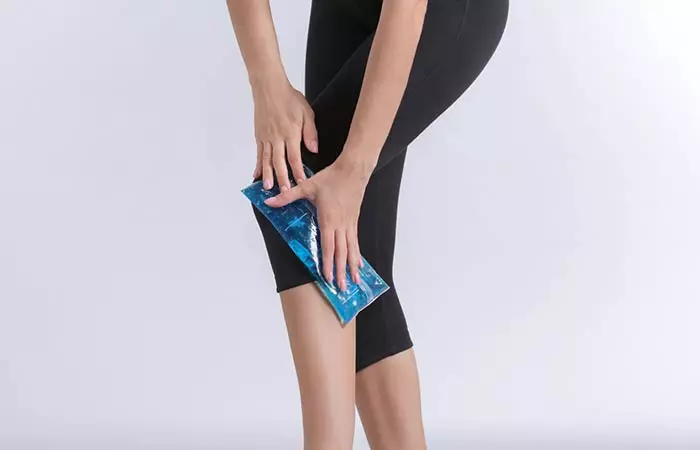
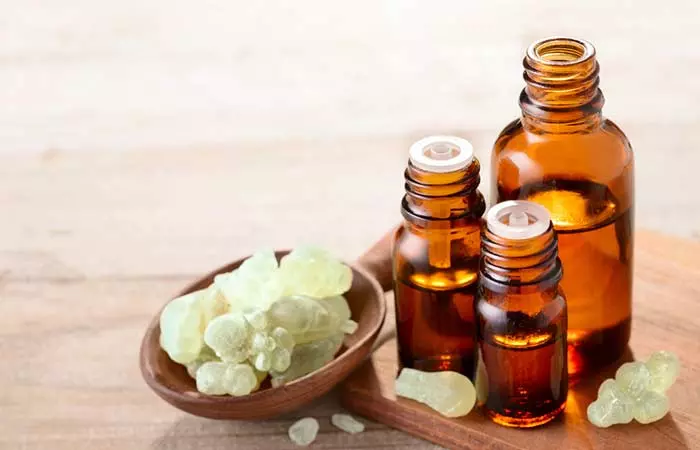
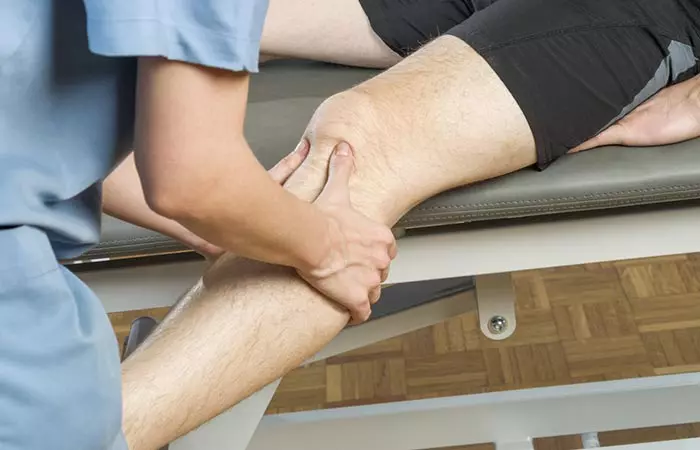
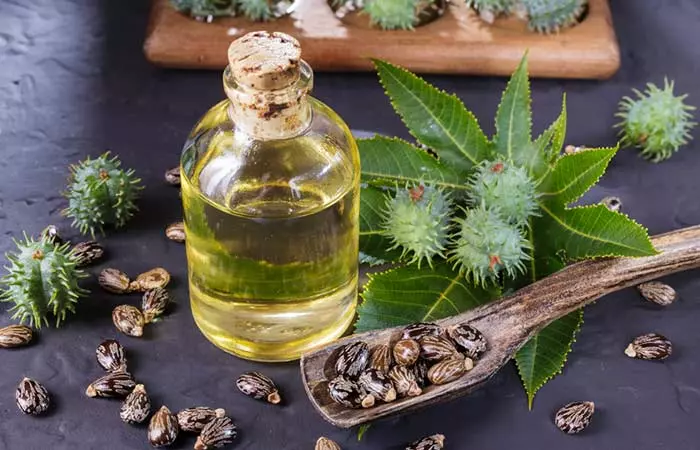
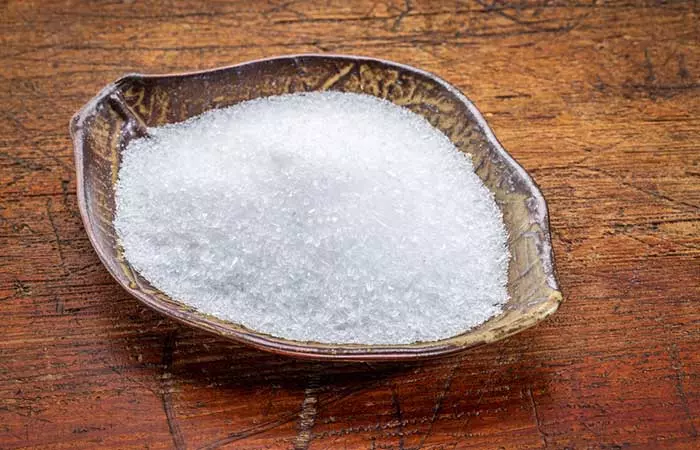

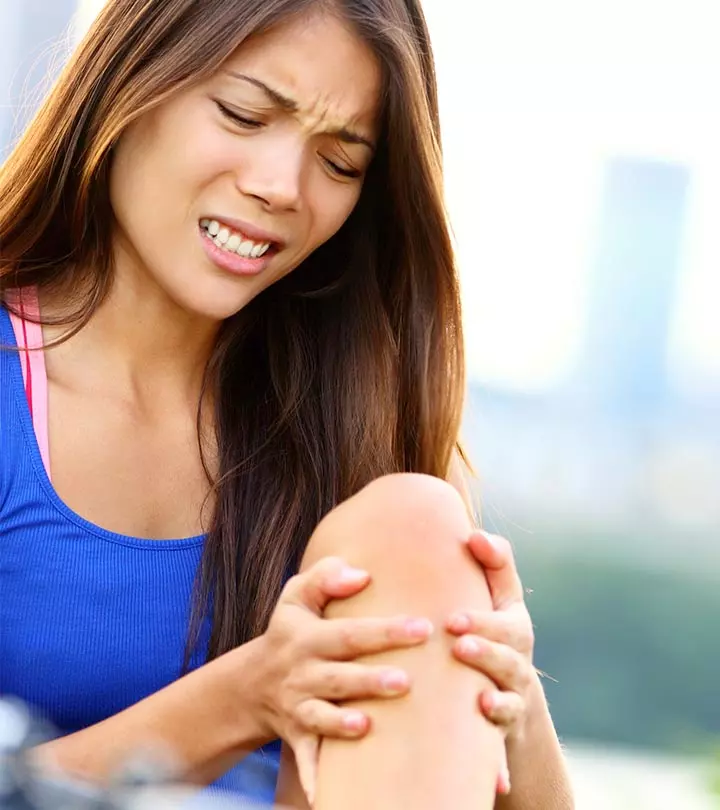

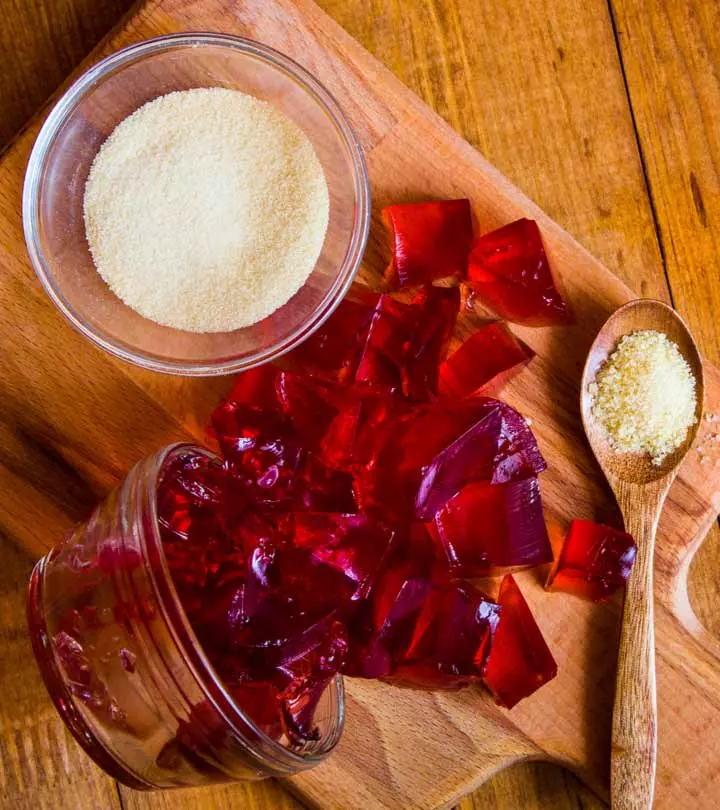
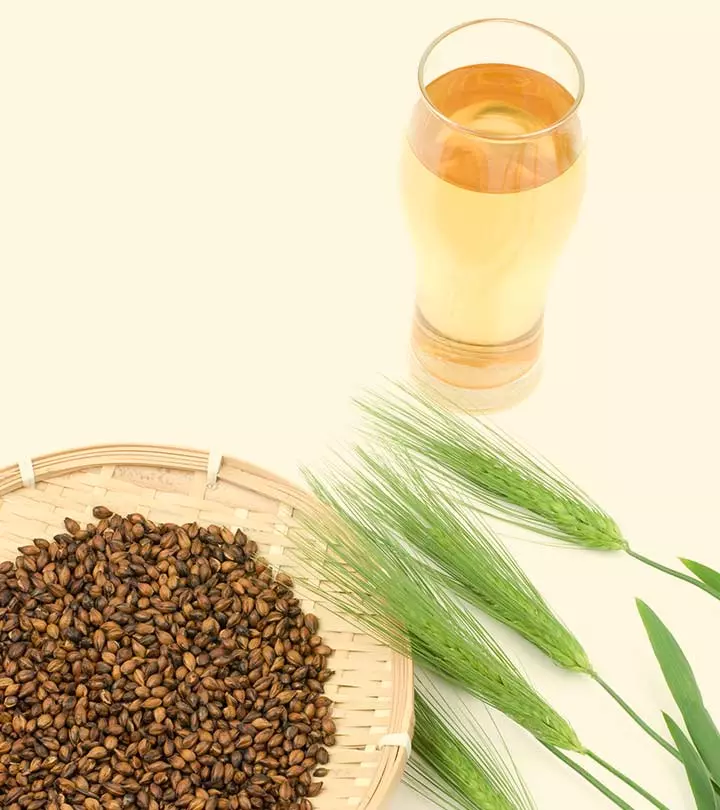

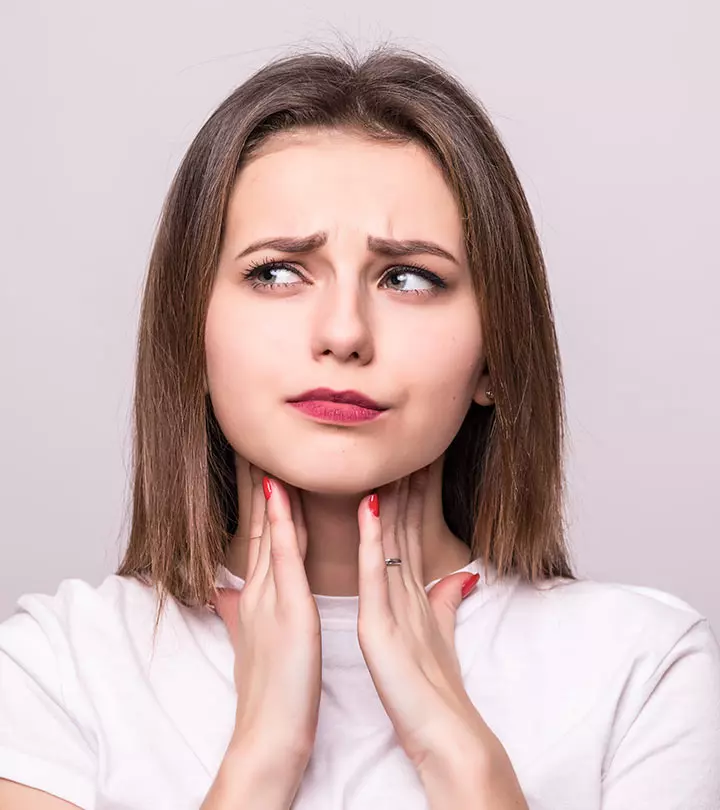




Community Experiences
Join the conversation and become a part of our empowering community! Share your stories, experiences, and insights to connect with other beauty, lifestyle, and health enthusiasts.